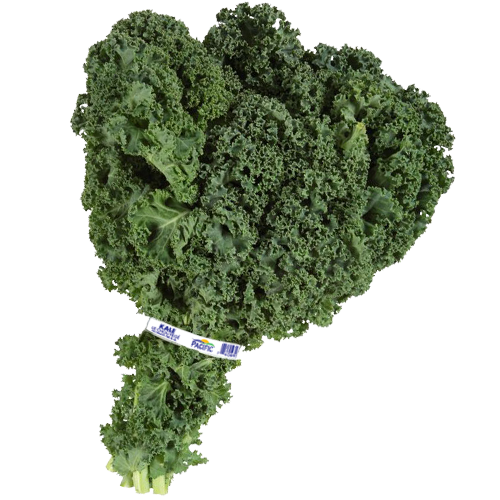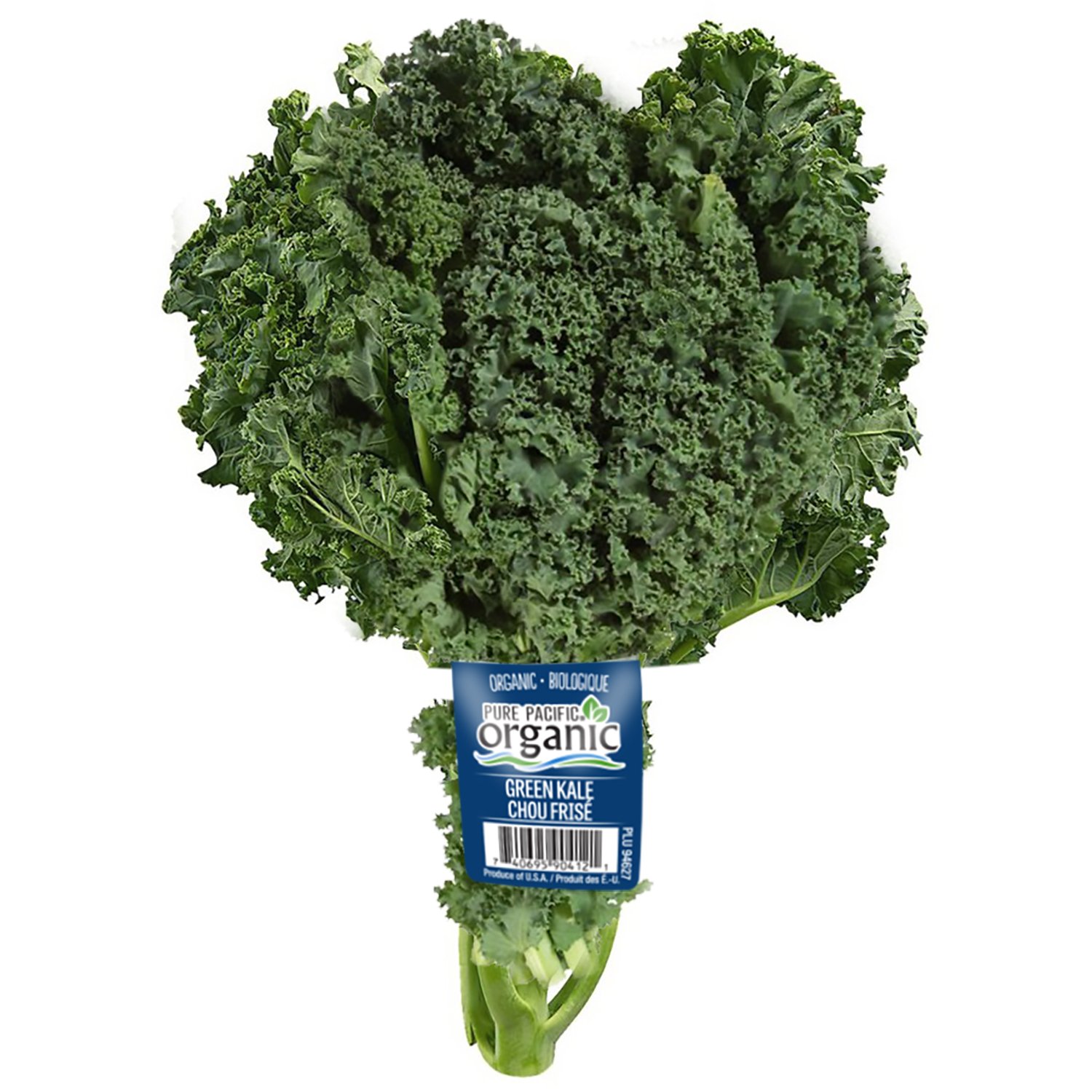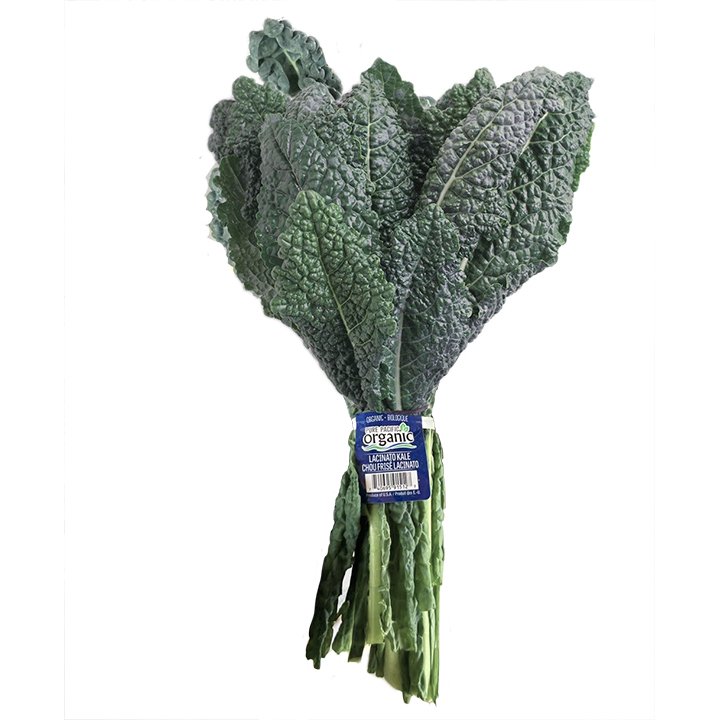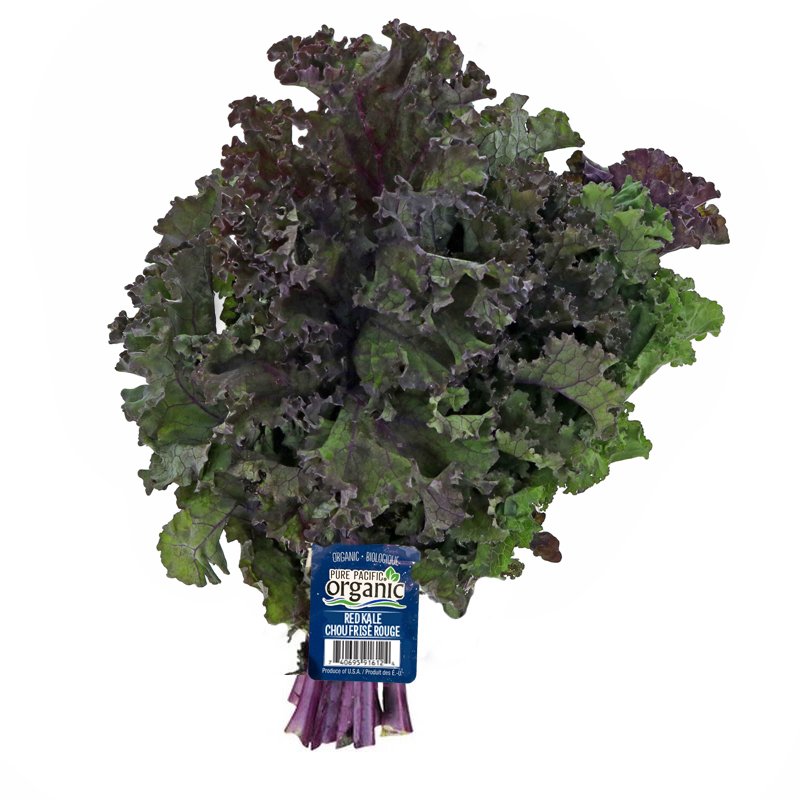KALE
our organic & conventional kale
Resilient and hearty, kale is a non-heading green in the same family as cauliflower, broccoli, and Brussels sprouts. There is a variety to choose from. The most common is green or curly kale, with its ruffled leaves, fibrous stalk, and pungent flavor. Red kale, sometimes called red Russian kale, is similar to its green counterpart except for its dark red-colored leaves and stems. Black kale, also known as lacinato, dinosaur, or Tuscan kale, is slightly thinner and is more tender in texture. Kale is nutrient-dense - one cup of raw kale is packed with vitamins A, K, C, and B6, and minerals manganese, calcium, copper, potassium, and magnesium.
our growing program
Our varieties of organic and conventional kale is grown year-round. Our conventional green, red, and black kale is offered in 12ct and 24ct packs. Pure Pacific Organic and Pacific kales are harvested fresh straight from the fields to provide the highest quality product possible.
CONVENTIONAL SEASONALITY CHART
ORGANIC SEASONALITY CHART
shopping
When choosing a bunch of kale, look for crisp, strong, deep-colored leaves. Avoid bunches that are starting to turn yellow, are wilted and floppy, or are showing signs of decay around the edges.
storing
Wrap the unwashed bunch of kale in a layer of paper towels to avoid excess moisture, and store in a plastic bag in the refrigerator crisper.
preparing
The best way to wash kale is in the salad spinner. If you don’t have a salad spinner, fill a large bowl with ice water, add the leaves, and let sit for several minutes. Shake off excess water and pat dry. Remove the leaves from the stem and either discard the stem or save for a soup. The stems are bitter and not good when eaten raw. Massage the leaves by squeezing and rubbing them for a bit to break the cellular walls. This quick tip will make the leaves much more tender.









